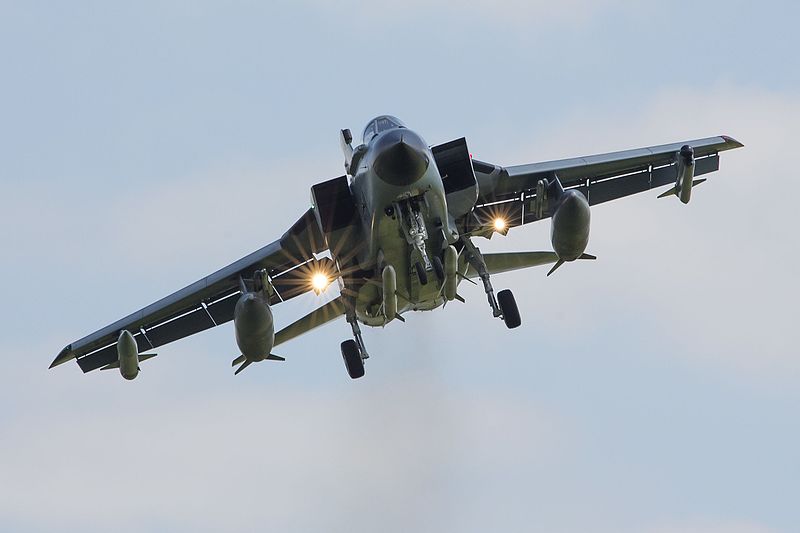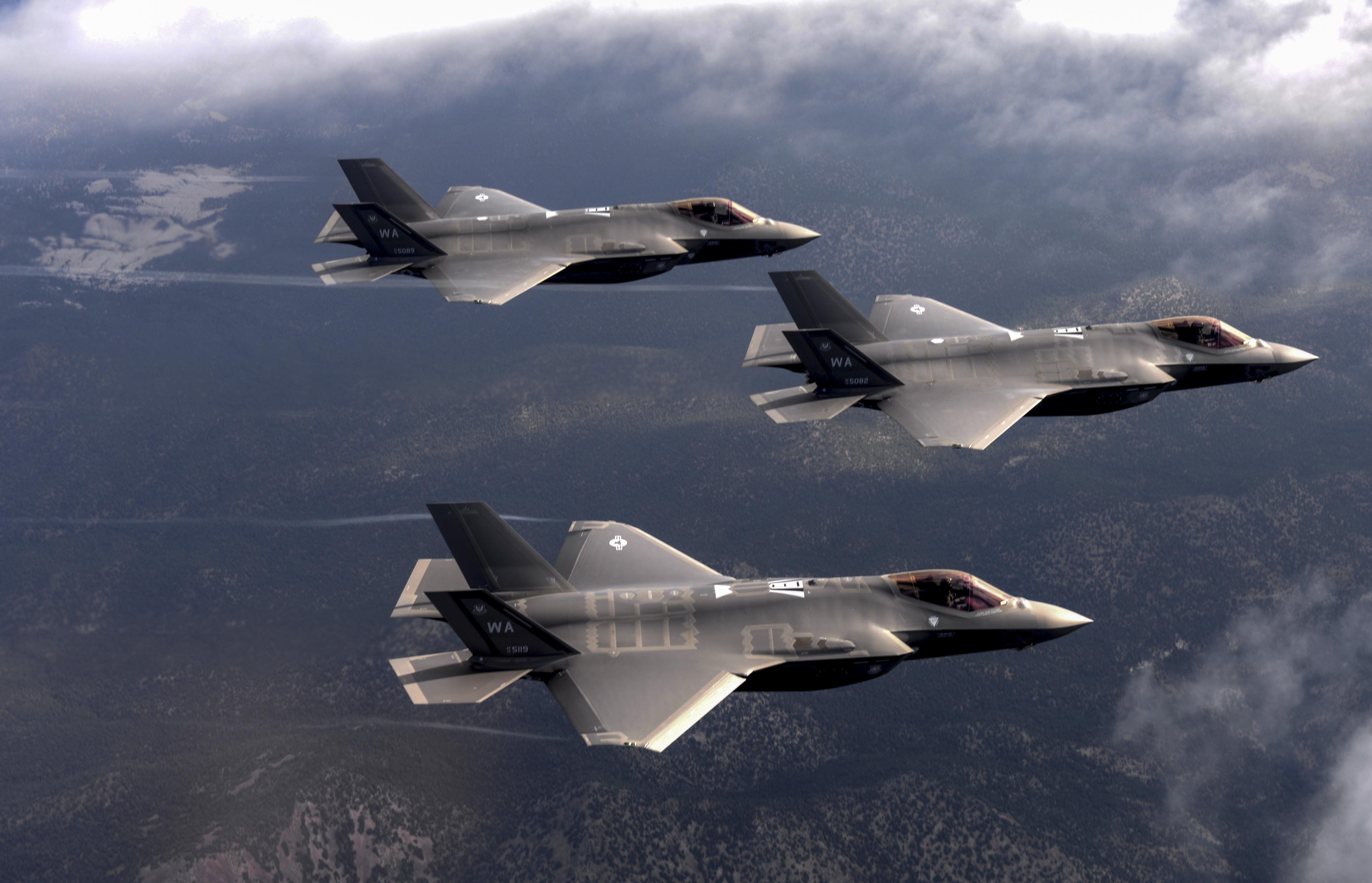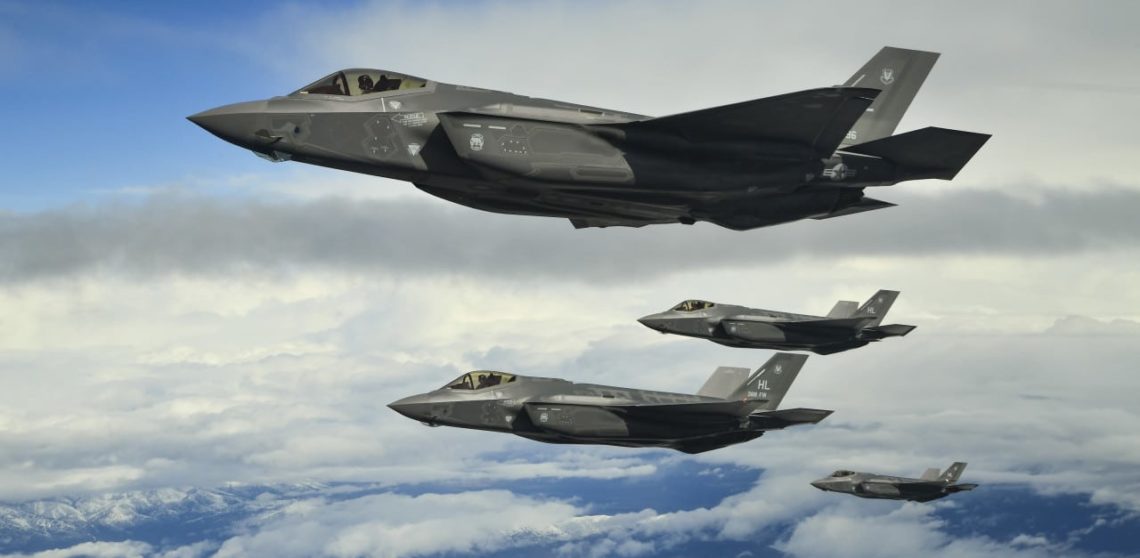•Germany plans to buy up to 35 F-35 Stealth Fighters
By Alex Hollings
Germany will add F-35 Joint Strike Fighters to its growing arsenal as the nation pivots to improve its military capabilities in the face of Russia’s ongoing invasion of Ukraine.
On Monday, Reuters reported that Lockheed Martin and unnamed German officials had confirmed intentions to order as many as 35 advanced stealth fighters, with the formal announcement expected to come sometime this week. This procurement would give Germany a 5th-generation fleet that’s at least twice the size of Russia’s.
Germany has historically dragged its feet regarding defense spending, failing to meet its financial obligations to the NATO alliance and often facing negative publicity for its dated and ineffectual military apparatus. However, Russia’s brazen invasion of Ukraine and Vladimir Putin’s aggressive foreign policy have now prompted Germany to re-evaluate its investment in defense. Now, Germany intends to increase defense spending to meet 2% of the nation’s gross domestic product (NATO’s requirement). A $113 billion fund within that budget will be allocated specifically to armament projects.
Germany will operate its newly procured F-35 fleet as a replacement for its aging fleets of Tornado IDS (Interdiction and Strike) and ECR (Electronic Reconnaissance) aircraft.

German Tornado (Bundesheer.Fotos on Flickr)
Related: Russia doesn’t seem sure the Su-75 Checkmate will be stealth
The Tornado family of fighters are variable-sweep wing multi-role combat aircraft first introduced in 1979. These two-seat, twin-engine fighters are capable of achieving speeds as high as Mach 2.2, with hardpoints for seven total weapons and an onboard 27mm cannon. It is also the only German aircraft rated to carry American nuclear weapons. Technically speaking, the F-35 is slower and can carry less ordnance, but what it lacks in brute force, the Joint Strike Fighter makes up for in stealth, sensor fusion, and computing power.
The F-35’s stealth tends to draw the majority of coverage, but it may be its sensor fusion capabilities that are the fighter’s real claim to fame. F-35s can take in information from a wide variety of sensors and sources on the ground, at sea, in space, and in the air. Powerful onboard computers then process all of that disparate information and fuse it into a single interactive data stream presented directly in the pilot’s field of view—but importantly, it can also relay this organized fusion of data to other assets in the area, increasing the situational awareness of all nearly friendly aircraft.

(U.S. Air Force photo)
Related: F-35 pilot responds to claims that the jet is a failure
Once Germany takes delivery on their new F-35s, they will join 14 other nations in operating the American-built stealth fighter, including at least seven European nations, many of whom are now shifting their defense posture in the face of Russia’s naked aggression in Ukraine.
While Russia does operate its own 5th-generation fighter, the Sukhoi Su-57 Felon, the F-35 stands out as the clear superior. The Su-57, despite its 5th-generation designation, boasts a radar cross-section of approximately .5 square meters, about the same as America’s non-stealth F/A-18 Super Hornet. The F-35’s radar cross-section, on the other hand, is said to be closer to .005 square meters, or about the size of a golf ball. And while the purchase of 35 fighters may not seem like the making of a massive fleet, this procurement will give Germany at least twice as many stealth aircraft as Russia operates in total.

Russian Su-57s in formation
Related: Is Russia’s Su-57 the worst stealth fighter on the planet?
In fact, to date, Russia’s Su-57 fleet consists of just two serial production aircraft and 12 hand-built prototypes the nation has opted to declare “operational” for the sake of publicity-grabbing but largely ineffectual deployments to nations like Syria. Production continues, but with a new slew of sanctions now crippling Russia’s economy, how soon any new Su-57s will join Russia’s fleet remains to be seen. To date, there are no publicly acknowledged plans to put Russia’s newest stealth fighter, known as the Su-75 Checkmate, into production.
The decision to purchase American F-35s might, however, put Germany in hot water with France. Germany has signaled an interest in purchasing F/A-18 Super Hornets to replace its Tornadoes in the past, seemingly to allocate budget toward the joint development of a new Franco-German fighter. Choosing instead to operate F-35s may indicate Germany’s waning interest in helping to foot the bill for this new jet, though thus far, there’s been no official word either way.
Alex Hollings is a writer, dad, and Marine veteran who specializes in foreign policy and defense technology analysis. He holds a master’s degree in Communications from Southern New Hampshire University, as well as a bachelor’s degree in Corporate and Organizational Communications from Framingham State University.
Credit | Sandboxx

